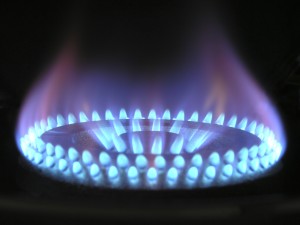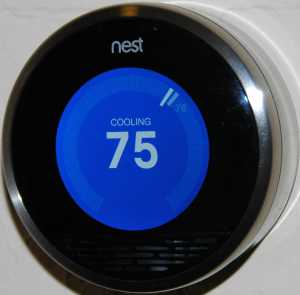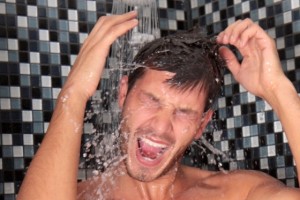You’ve heard it before. You have probably listened to countless radio commercials urging you to schedule an appointment right away. You may have even seen or heard our fall specials.
But the question remains … “Do I really need a furnace tune-up every year?”
To answer that question, I’d like to first pose a few other questions:
- Is your furnace more than 5 years old, or older?
- Are you looking to extend the life of your system for at least a few more years?
- Have you purchased a furnace within the last few years and want to prolong the life of the unit?
- Is your new furnace’s warranty important to you?
- Are you interested in keeping your heating and cooling bills as low as possible?
- Do you care about the health and welfare of your family?
- Do you think going to the doctor or dentist for annual check-ups is a good idea?
If you answered yes to some of these questions (or any at all!), then you really do need a furnace tune-up each year.
The best analogy is that of a dentist. It’s recommended that two times per year you see the dentist for preventative dental care. They will clean and inspect your teeth, remove plaque build-up, inspect for cavities before they become a real problem, periodically take x-rays to identify hidden concerns, and many dentists even perform cancer screening.
Why is this so important? So that you can maintain great dental health and fix minor issues, before they become major issues. Instead of a painful root canal, or tooth extraction, these yearly exams will alert you to potential issues so that you can take care of it without a huge painful experience on your mouth and your wallet.
The same is true with furnace tune-ups. A qualified HVAC technician will inspect your HVAC system to ensure it’s running at peak efficiency. They will help make sure minor issues are fixed immediately before a costly repair or replacement is needed. They will also make sure your system doesn’t fail you during the winter and leave you and family out in the cold!
When scheduling a yearly tune-up, it’s important to understand exactly what will be covered. Be sure to do your homework because not all service calls will cover the same things. At TJ’s Plumbing & Heating, we cover the following items during our tune-ups:
- Inspect the heat exchanger and system for rust and corrosion.
- Check the burners for proper ignition, flame and flame sensing.
- Ensure the drainage system and humidifier are functioning properly.
- Inspect the blower wheel to ensure it’s clean and clear of debris.
- Test the amp draw on the blower motor to ensure it functions smoothly.
- Examine all electrical wiring to make sure there is no corrosion or damage.
- Look at the air intake system to ensure it’s clean and provides a smooth flow of air.
- Test the venting system and combustion gases.
- Check the blower door and internal seals to make sure there is a tight seal on the furnace and it runs at peak efficiency.
- Inspect air filter.
- Run air pressure, gas pressure and temperature diagnostics.
Scheduled Your Fall Furnace Tune-Up and Cleaning Now
The leaves are starting to turn and the nights are getting cooler. Now is the perfect time to schedule your yearly furnace tune-up to ensure that your system is running at peak efficiency and safety. Call TJ’s Plumbing & Heating today. And, be sure to check out our fall specials:
Clean & Check Your Furnace: $69.00 Special
Clean & Check Your Tankless Water Heater: $20.00 Off
Clean & Check Your Boiler: $74.00 Special
$100 off a new Furnace or Boiler
$50 off Whole-House Aprilaire Humidifier
$35 off First-Time Customer Discount
And more!




